From writing letters to supporting wildlife corridors, these ideas will help you make a difference in ways both large and small.
It’s easy to dismiss your own efforts as pointless in the face of all the damage being done to the Earth and its creatures. But if you look in the right places, you’ll see the good being done too – and it is truly inspiring.
We, collectively and as individuals, DO have the power to make the world a wilder place. Don’t underestimate your ability to contribute and make a positive impact. Choose one small thing, then another, and become part of a caring community of like-minded humans trying to do their best to protect and rewild the Earth. Here are some ideas to start with. (And if you've got more, please share them in the comments.)
1. Plant one thing at home
Before you become overwhelmed by the idea of rewilding at home, remember that you can start small simply by adding just one native plant or tree to your space. In some parts of North America, for instance, that might mean purple coneflower, wild bergamot, nodding onion or one of the many varieties of milkweed. Container gardens are a workable solution if you don’t have a yard.
If you're feeling more ambitious, remove some or all of your lawn and replace it with wildflowers, native trees and shrubs to create a welcoming environment for wildlife.
Visiting a local native plant nursery is a great place to start. This is where you’ll find answers to many of your questions and get some solid advice about how to choose the right native plants for your own unique space.
Action item: Plant a native plant, shrub or tree.

2. Get involved in neighbourhood projects (or start your own)
Contribute to the improvement of the local ecosystem by getting involved in community initiatives. A quick Google search of your location + native plant initiatives will lead you to some great options for volunteering. If you’re from Toronto, you might have heard about Project Swallowtail, an initiative that encourages residents, schools and communities to grow pollinator habitat.
If there aren’t any initiatives to preserve nature and restore and rewild ecosystems in your area, you could set something up yourself. Pick a realistic goal – a corridor of pollinator gardens on your street, for example, or a mini forest in a nearby park – and start getting neighbours on board.
Action item: Search for native plant and conservation initiatives in your community and volunteer your time.
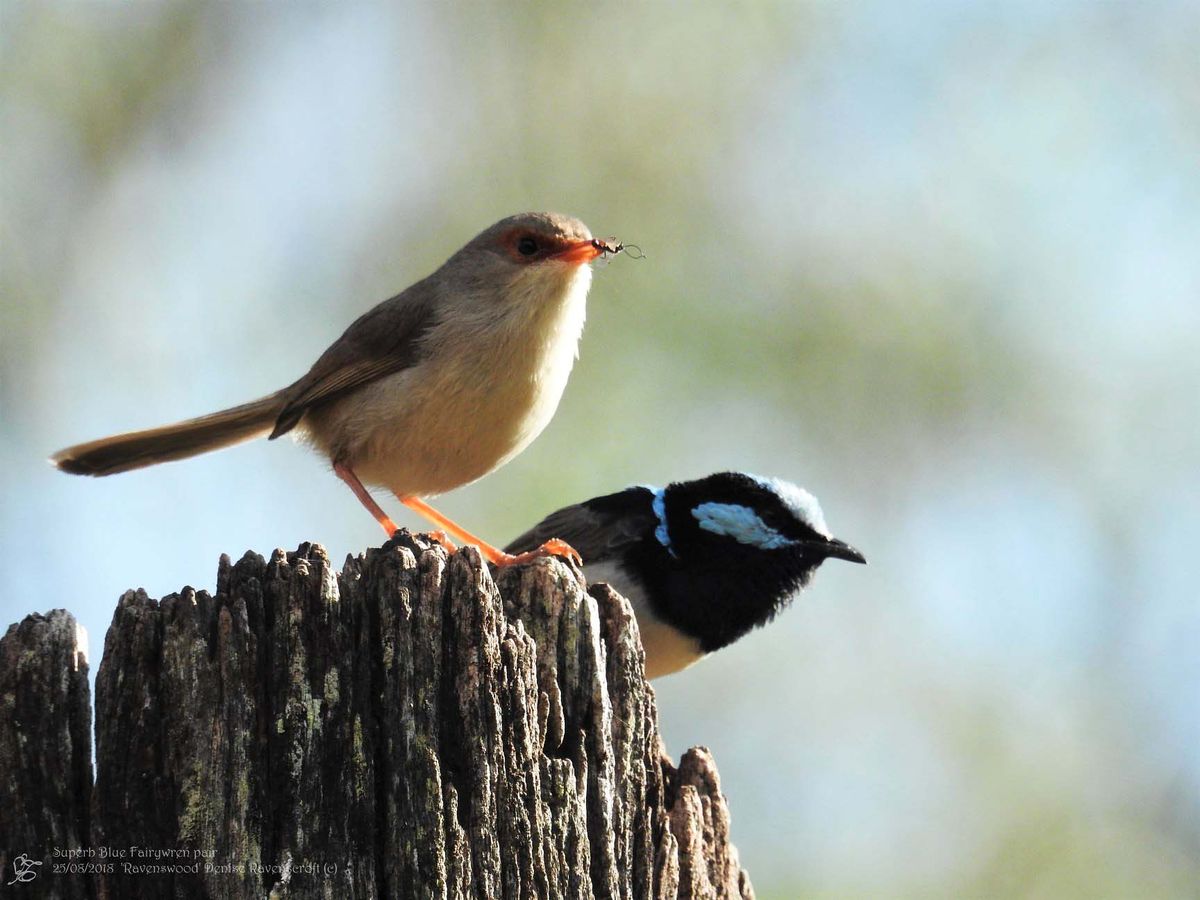
3. Save your local wilderness
There’s lots to be said for rewilding, but there’s even more to be said about letting existing wild places stay wild. Constant development means ecosystems are always at risk of being destroyed, but this is where concerned citizens come in. It’s much easier to protect wild land than to reclaim it after it has been turned into a shopping mall or housing complex.
There's a good chance there are wild spaces near you under threat from development right now – and fights going on to protect them. Look for environmental and community groups taking the lead to save local wetlands, forests and other ecosystems, and learn how you can lend a helping hand.
And if there's a space that needs protecting and no one else has stepped up, here's your chance. Start at the grassroots levels with like-minded people in your community: together you can show up at public meetings, spread the word on social media, request meetings with developers, put up yard signs, contact elected representatives and reach out to local media.
Action item: Look for a wild space in your area that needs advocates, and find out how you can pitch in.
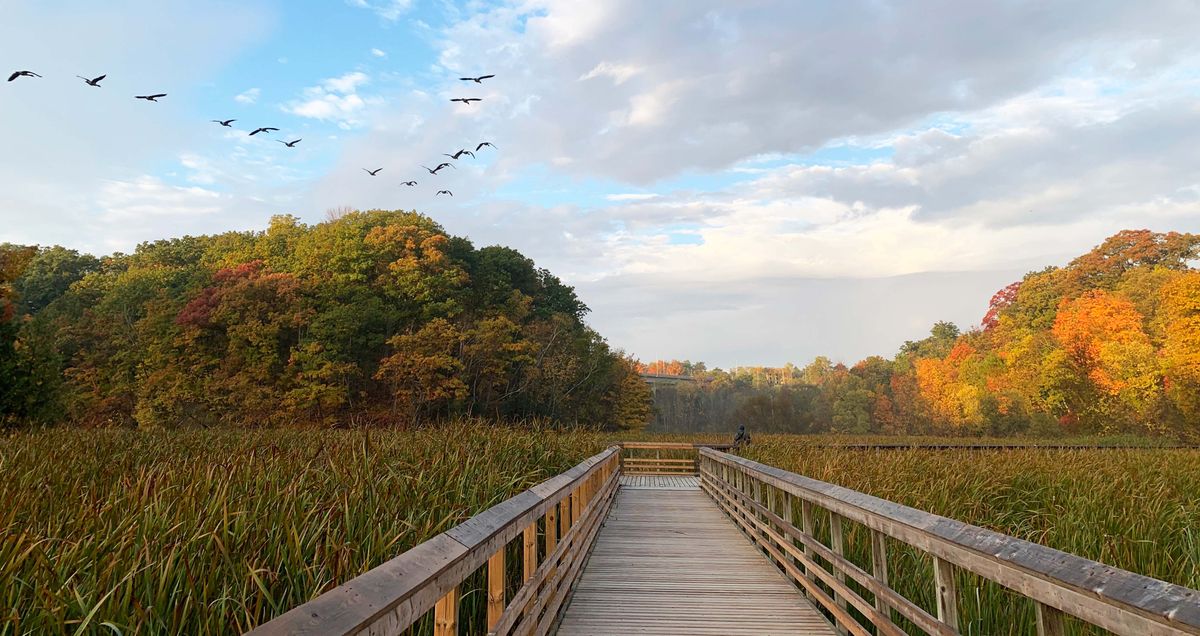
4. Help save global wild places, too
If more people knew rainforests were being levelled for their burger, soy latte, avocado toast or flatpack furniture, they might think twice before buying it. “Deforestation in the Amazon is largely driven by consumers in the temperate zones who buy tropical timber (often illegally imported), soy, tropical fruits, beef and palm oil,” writes biologist Meg Lowman in her book The Arbornaut. She argues that governments should make it easy for consumers to tell whether their purchase is one that is actively destroying important ecological areas. “Then our wallets could determine successful conservation outcomes,” she says.
Take toilet paper, whose production has a devastating effect on the world's forests, including the climate- and biodiversity-critical Canadian boreal. Research where your favourite brand comes from, and check out this buyer’s guide to sustainable toilet paper and tissue products.
Pay attention to the companies you support with your money. A Google search of companies responsible for deforestation or wetland destruction will lead you to some of the biggest offenders. Demand that they make changes, and until they do, spend your money intentionally at businesses that value the planet's wild places.
Action items: Choose one thing you buy regularly and switch it for an Earth-friendly alternative. Email or call one company that’s doing damage and ask them to do better.
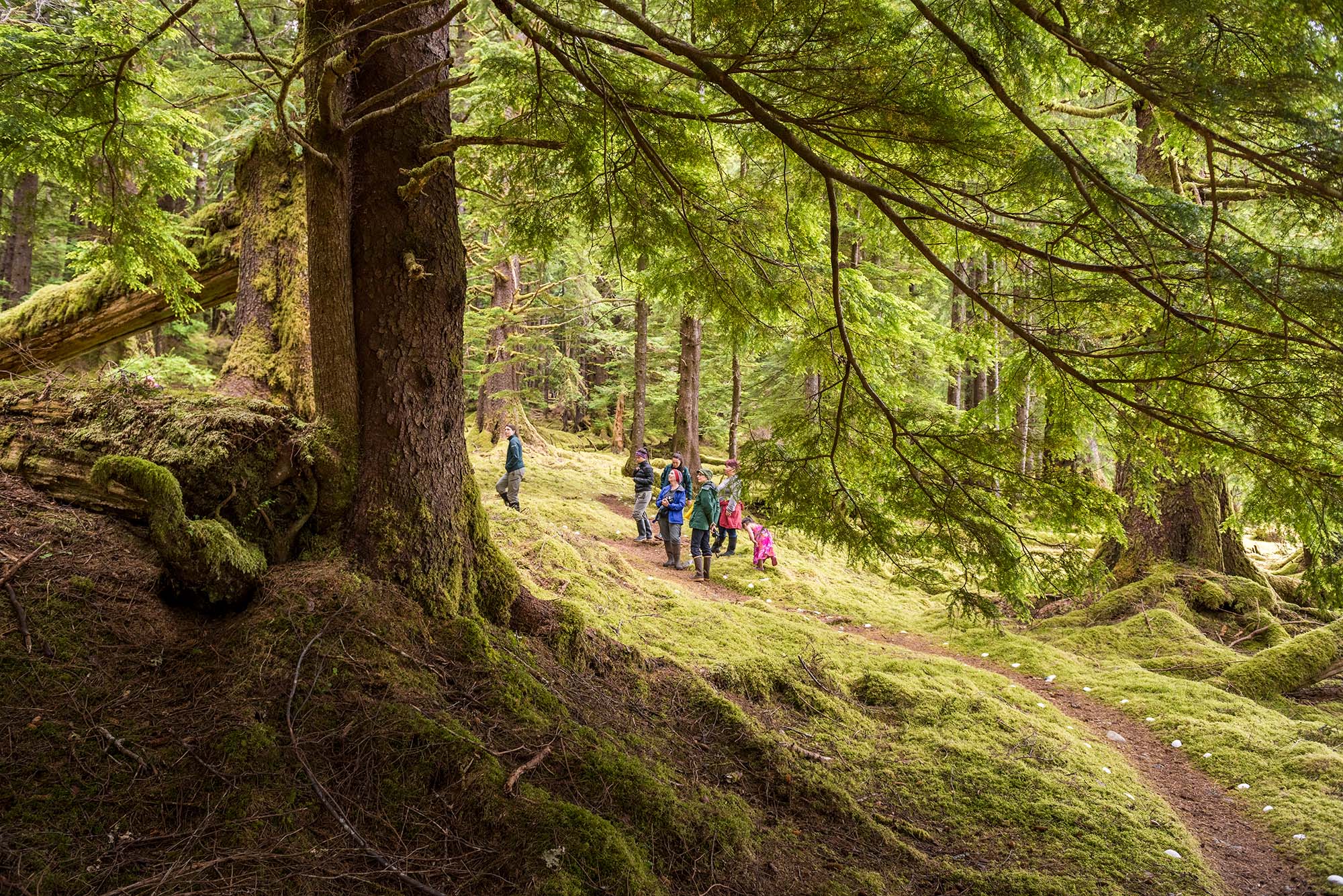
5. Keep learning
There is so much to learn about the Earth, its species and all the incredible life that exists here. Whether you’re looking for inspiration to double down on a low-waste lifestyle, encouragement to plant a native garden or tools to understand the intricacies of the climate crisis, you will find the more you read and watch, the more excited you’ll be to get started on your own contributions. Check out all the books we recommended in 2021, 2022 and 2023, these books about forests and trees and this Q&A with director Luke Griswold-Tergis about his documentary Pleistocene Park.
Action item: Find a book or film you're interested in and read or watch to get inspired.
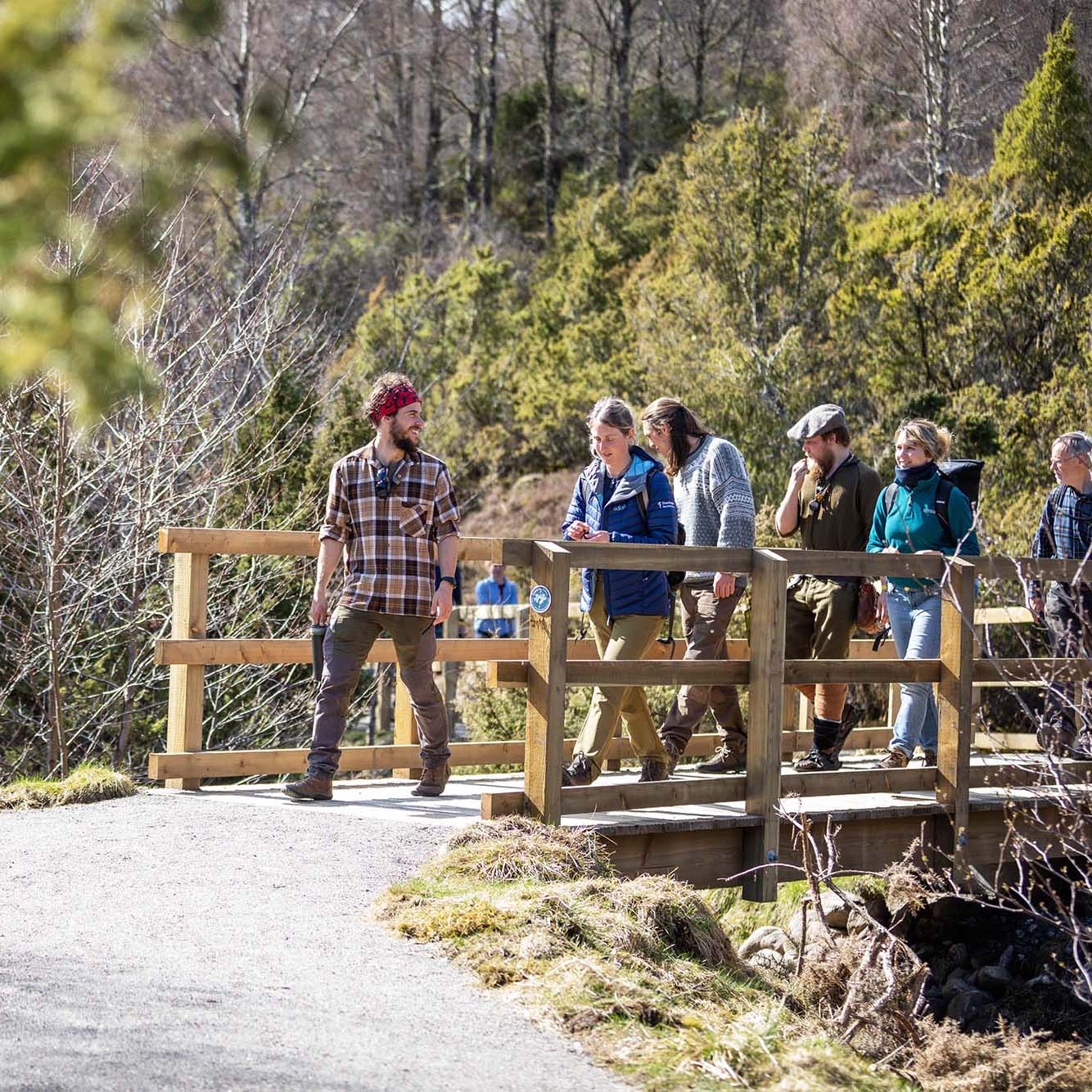
6. Get political
The squeaky wheel so often gets the grease when it comes to issues politicians pay attention to. Make sure your representatives know what you care about.
If you live in an urban area, there is plenty to be inspired by. Major cities around the world are taking steps to rewild urban environments, such as introducing ecological infrastructure and building biodiversity parks. Feel like your city needs some rewilding too? Bring these ideas (or your own) to your local council.
As for other levels of government, they often have jurisdiction over large pieces of land and large-scale solutions. Be clear with your elected officials that wilderness and biodiversity are important to you. And when it comes time to vote, make them election issues.
Action item: Find out where your representatives stand on rewilding and conservation-related issues, and let them know what's important to you.
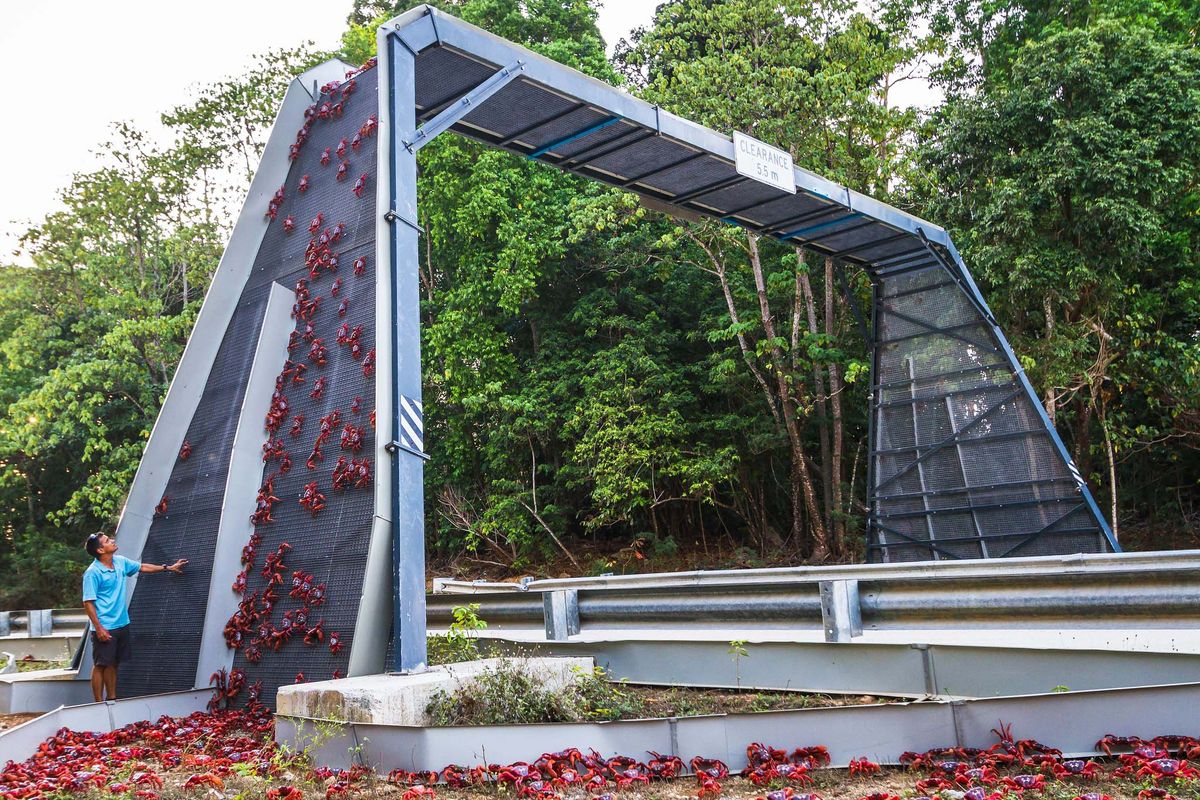
7. Support the big projects
Rewilding your yard is helpful for the butterflies and bees. But for larger animals and larger-scale change, we need to collectively foster biodiversity with bigger initiatives.
One aspect of this is supporting Indigenous leadership and their vision for the planet's future. Land Needs Guardians, an organization in Canada, has some helpful tips for how to be an ally of Indigenous-led conservation, including participating with interest and trusting Indigenous science.
You don’t need to rewild the world by yourself. If you look closely, you’re bound to find initiatives in your region focused on expanding and protecting wilderness and wildlife corridors. Find ways to get involved in rewilding-focused organizations like Rewilding Europe and Yellowstone to Yukon and help them achieve their goals.
Action item: Find a major rewilding project you believe in, and learn how you can support or contribute to their work.
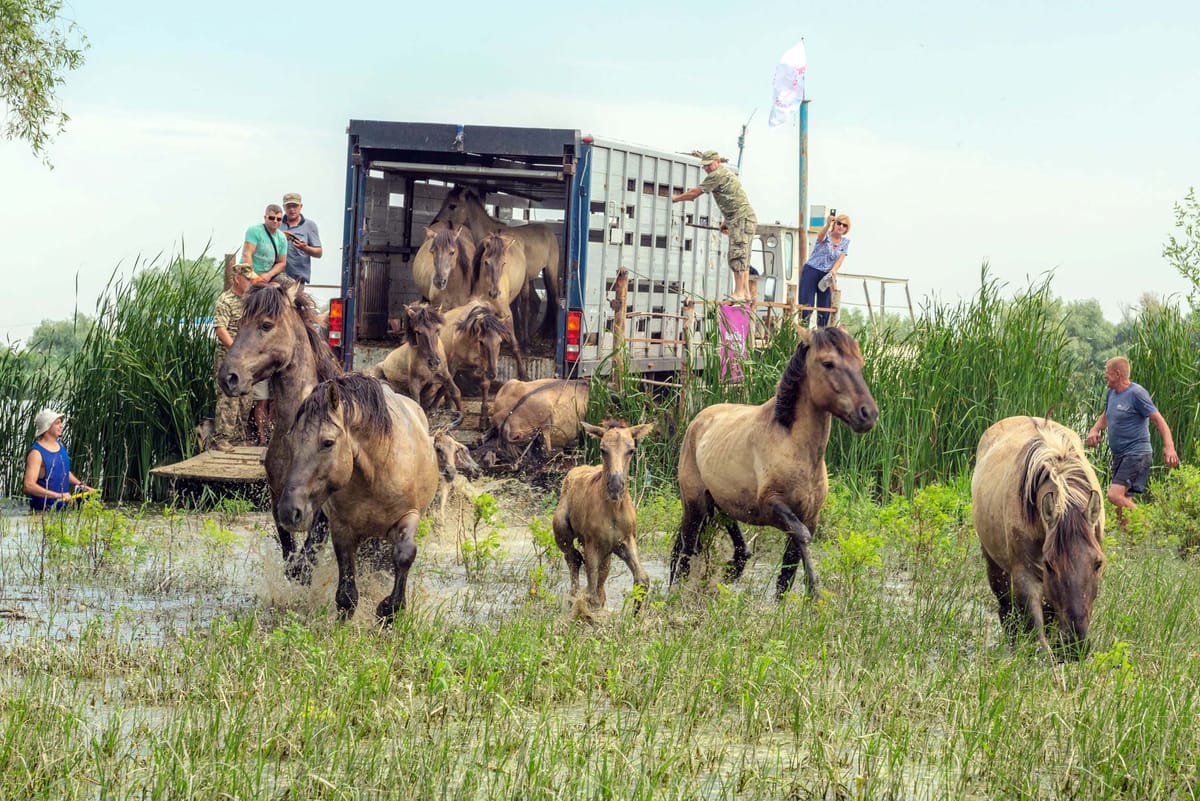
8. Donate
It's a rare rewilding project that couldn't use a little extra cash. Consider channeling your passion for rewilding into as many donations as possible to worthy causes both locally and globally. Ecological Balance, for instance, is a non-profit in Cameroon that shows that conservation and development should not be mutually exclusive, and that people can build livelihoods from forests without destroying them.
Even small amounts add up, so don't feel like your donation won't make a difference. If you don't have cash available, some organizations will accept other kinds of contributions, such as airline points. And if you do have larger sums of money at your disposal, look into ways you can make a more sizeable impact, such as through estate planning.
Action item: Do your research, find an organization you’d love to support and build donations into your budget.
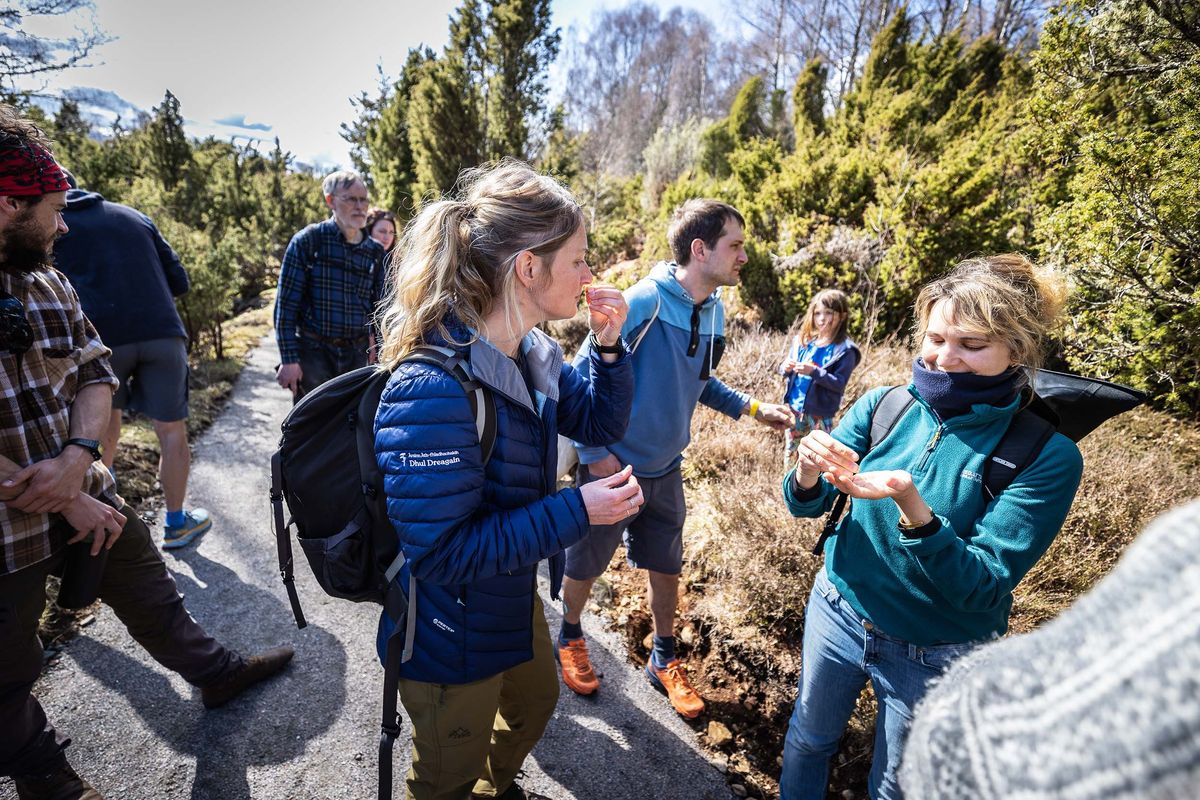
9. Get outside
One way we can rewild is by living a little wilder in our day-to-day lives. According to the Environmental Protection Agency, people in the United States spend, on average, 93 percent of their time indoors. It’s hard to be motivated to protect nature when we don’t feel connected to it. A 2017 study from the University of British Columbia even found that children who spend plenty of time outside are more likely to be motivated to protect the environment as adults.
Action item: Visit a nature preserve or a local park. Settle in and pay attention to your surroundings – not just looking, but listening and feeling as well. And if possible, bring a friend or family member.
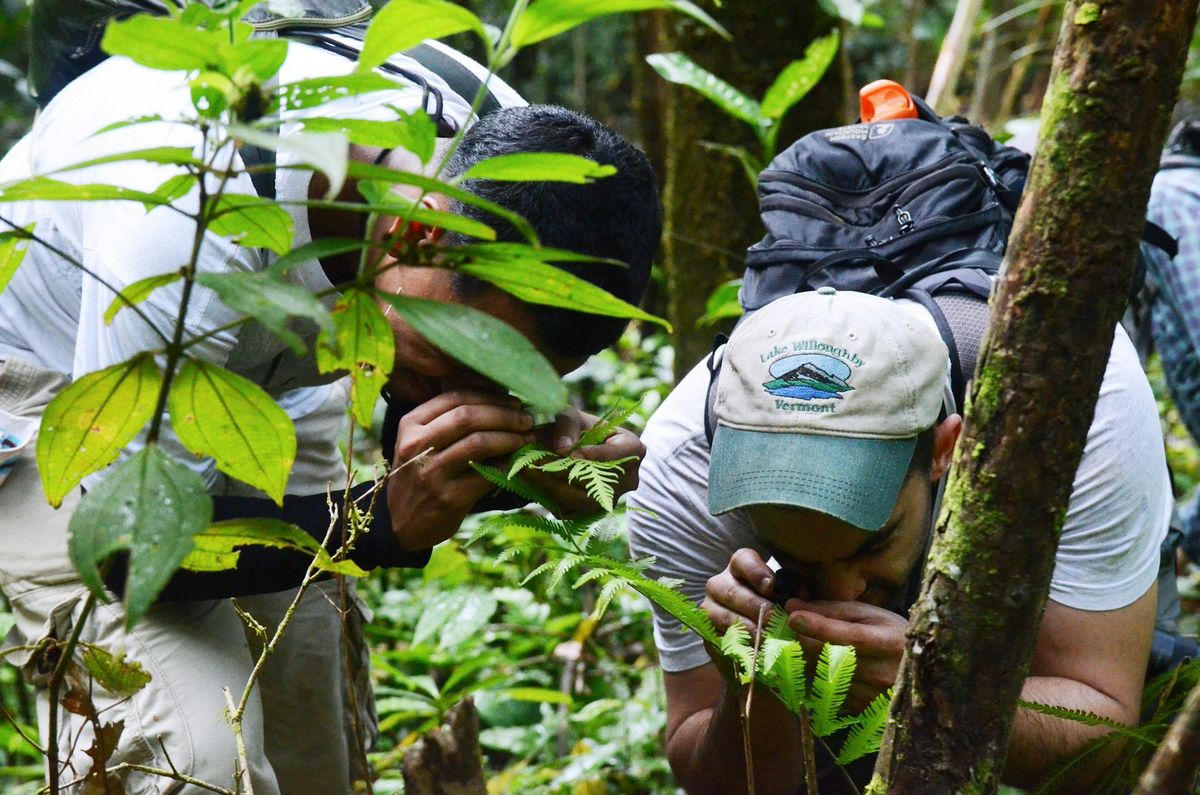
10. Be enthusiastic in sharing the joy of rewilding
If we all approached taking care of the planet with the enthusiasm and urgency of Kenyan student Lamech Opiyo, we might have solved the climate crisis by now. Both in person and online, Opiyo helps educate and inspire others to take care of the environment. Channel some of his energy as you share these issues with loved ones, your social circle and on social media. Be relentless in your pursuit of a wilder earth and let people be motivated by you.
“I can't do it alone, you can't do it alone. But when we come together, we are able to do more and more and more,” says Opiyo. “What if we stand up together and say: This is what we want in water conservation. This is how we want the government to treat climate change with an immediate effect. It's a crisis that is affecting us. We must stand firm and stand in solidarity.”
As individuals, we can make a difference. But collectively, we might just be able to save the world.
Action item: Share this article with someone who would love to participate in making the world wilder.
Main image: Participants in a BioBlitz at Glacier National Park in the United States in 2016. Photo: NPS / Jacob W. Frank.


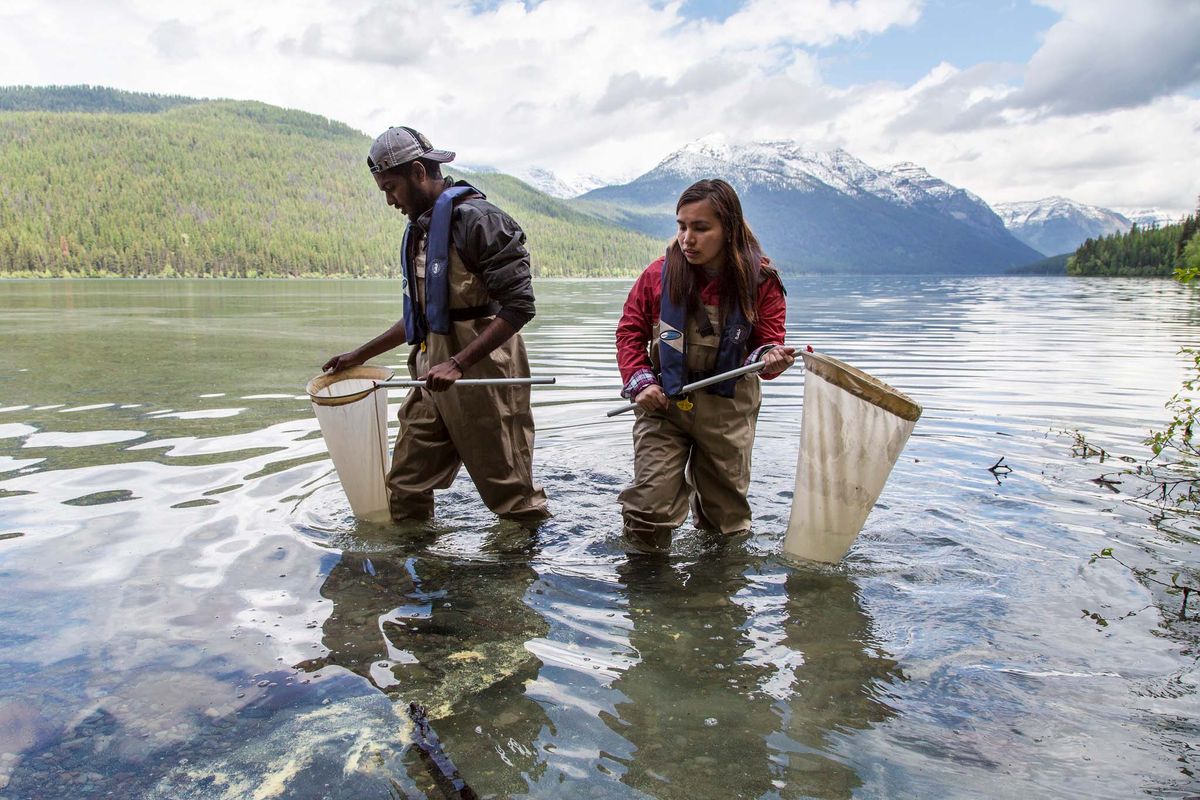





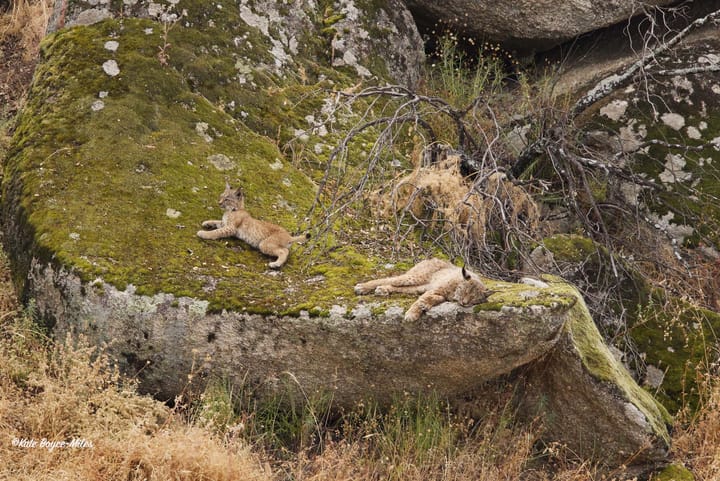
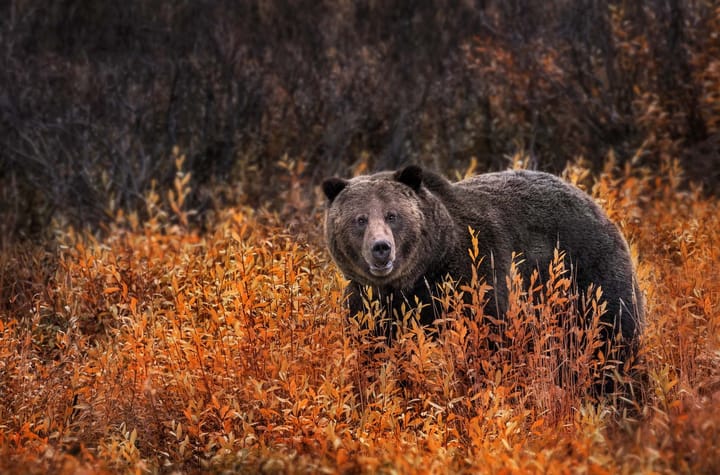
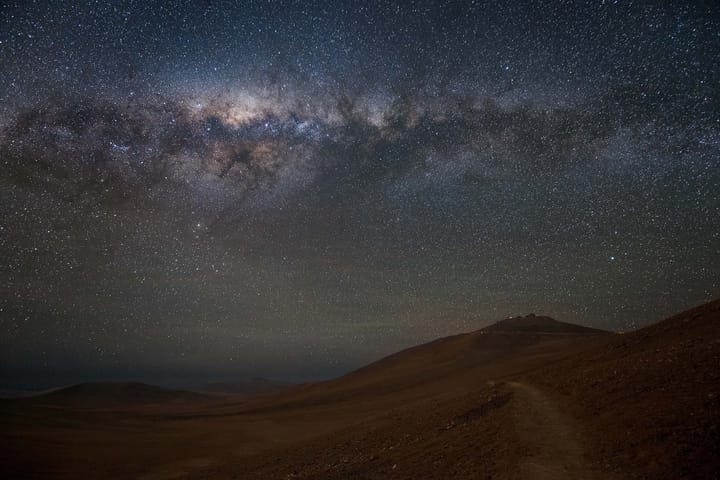

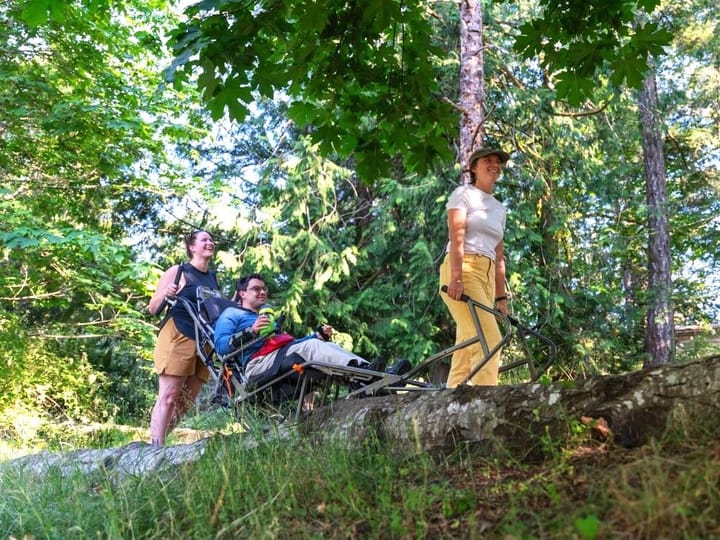

Comments ()